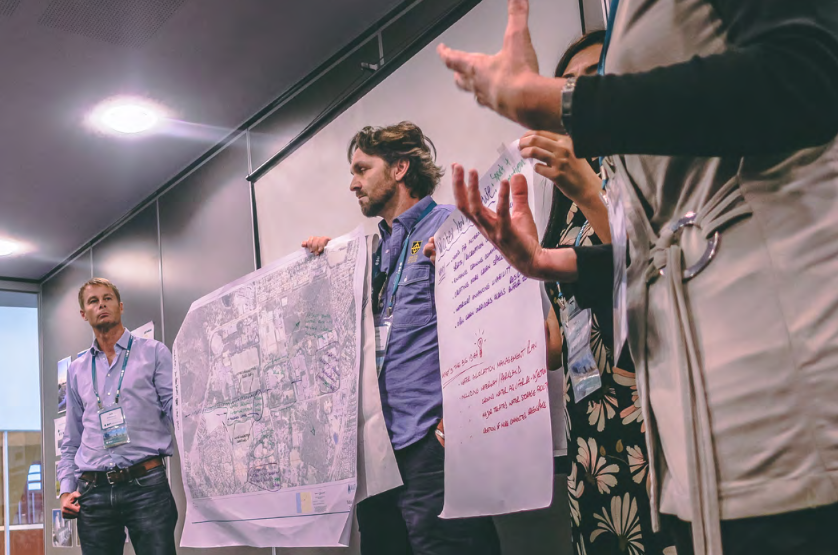Collaboration with WA Water Corp leads to better outcomes for IRP2

The CRCWSC’s IRP2 team collaborated with the Water Corporation of Western Australia (one of our Essential Participants) to research social preferences for land uses in wastewater treatment plant buffer zones.
Part of the CRCWSC’s tranche 1 research program, this non-market valuation study used the choice experiment method. It is the first known study globally to apply this method to the context of wastewater treatment plant buffer zone management.
The results indicated Nature Conservation is the most preferred land use option. We also found a possibility of increases in community welfare from reallocating land in buffer zones towards nature-based land uses.
From within the land use allocation levels considered in the study, the land use mix with: 10% industry, 50% nature, 30% recreation and 10% agriculture would generate the highest community value, and the willingness to pay for this combination of land uses is estimated at $522 per annum per household higher than 100% industrial, so the gain is relatively substantial.
Co-funded by the Water Corporation, the study provides evidence to inform land use planning of buffer zones. Already, it has assisted the evaluation of land use options for the Subiaco Strategic Water Resource Precinct (an IRP2 case study):
The original tranche 1 research undertaken by the CRCWSC provided valuable new knowledge into community attitudes to wastewater treatment plant buffers and how they perceive land in buffers should be used. Ian Kininmonth, Senior Urban Planner, Water Corporation, and co-author on the study
Not only have the study’s research outcomes had direct input into IRP2 projects, but the relationships built between the CRCWSC and the Water Corporation will facilitate more shared work:
This provided us with the confidence to actively support the CRCWSC as part of IRP2 in the development of new tools and knowledge we can use specifically to facilitate beneficial land use in treatment plant buffers and more generally in association with other infrastructure land such as pump stations, drainage and infrastructure corridors. Ian Kininmonth, Senior Urban Planner, Water Corporation, and co-author on the study
I think the collaboration during this study has contributed to the positive engagement we are experiencing with the IRP2 case study with this project partner. Dr Sayed Iftekhar, IRP2 Project Leader and co-author on the study
The study was discussed at the AARES Conference 2018 in Adelaide, and published in the following article:
Iftekhar MS, Burton M, Zhang F, Kininmonth I & Fogarty J (2018). Understanding social preferences for land use in wastewater treatment plant buffer zones. Landscape and Urban Planning, 178, pp. 208–16.
FOR MORE INFORMATION
- Contact Dr Sayed Iftekhar on +61 8 6488 4634 or at mdsayed.iftekhar@uwa.edu.au or;
- Visit the Water Corporation website here.